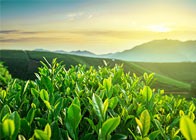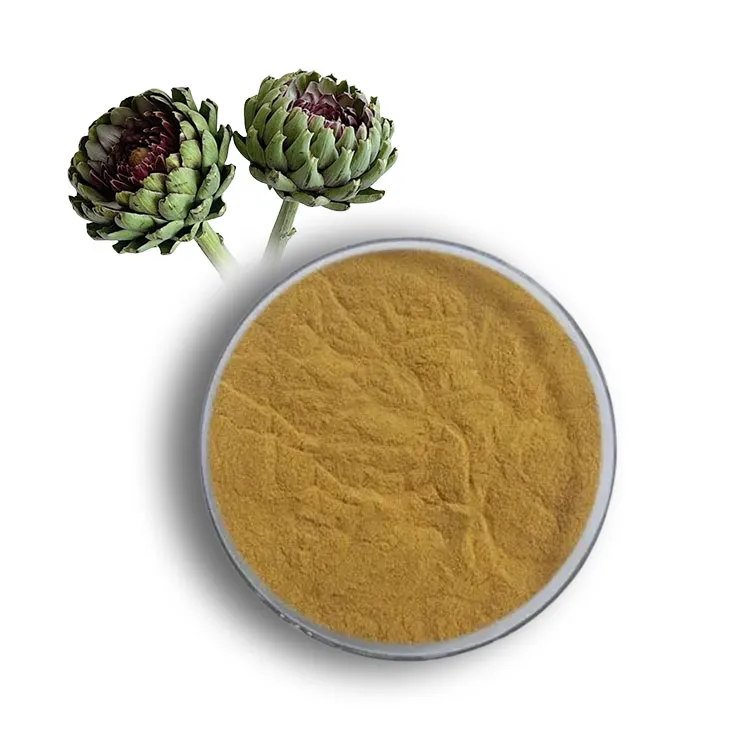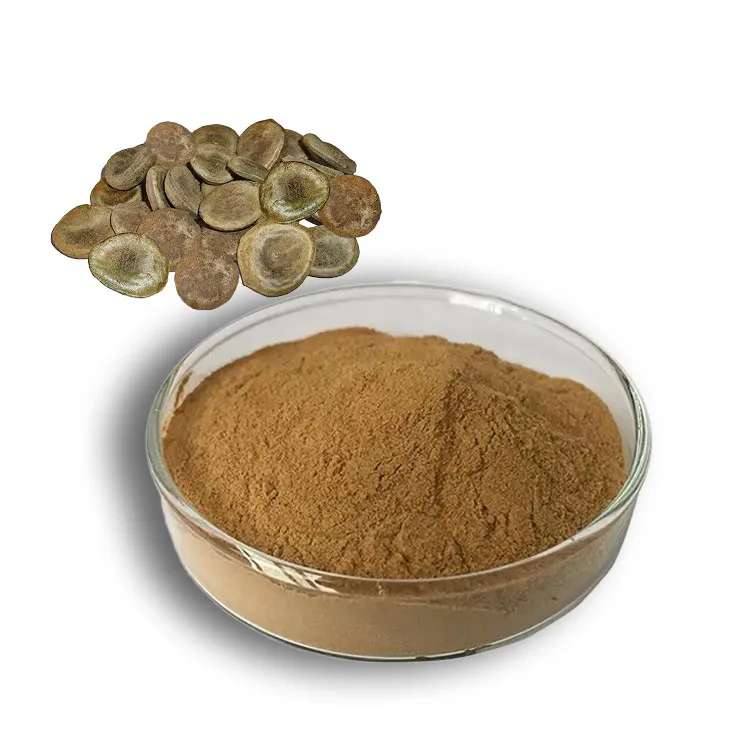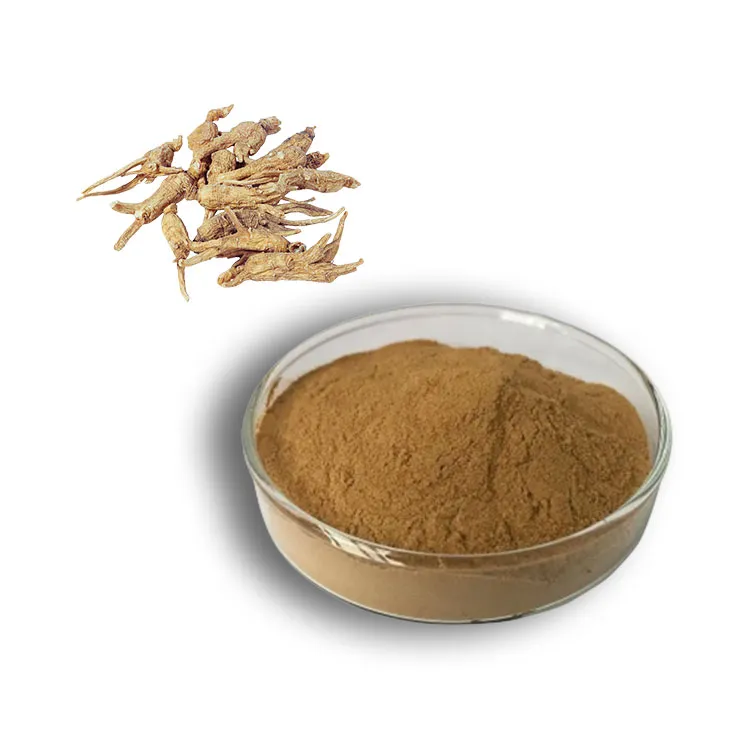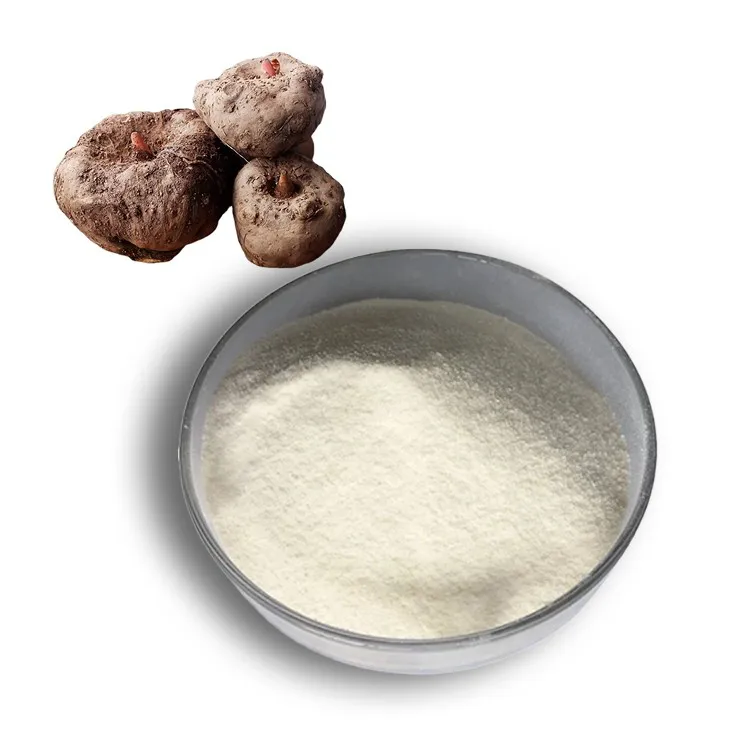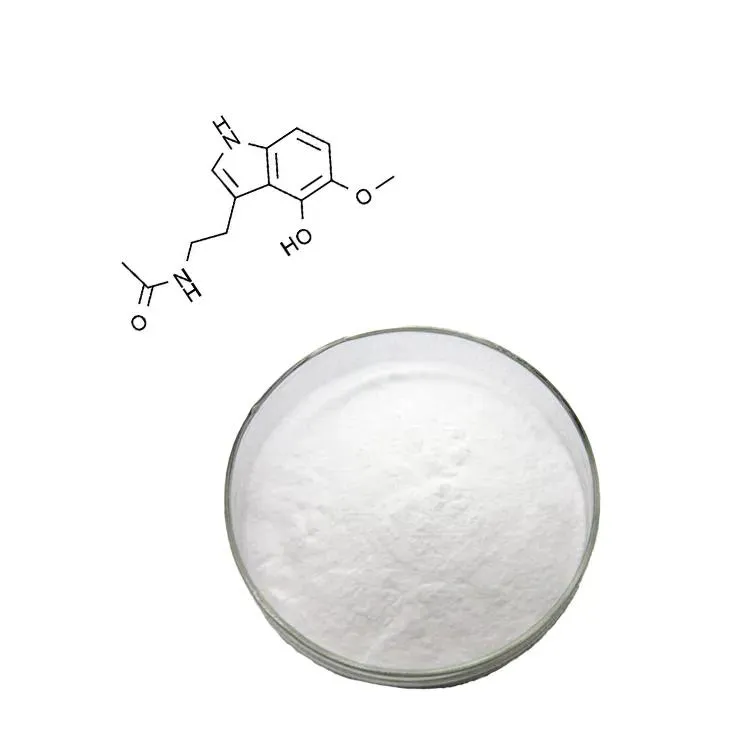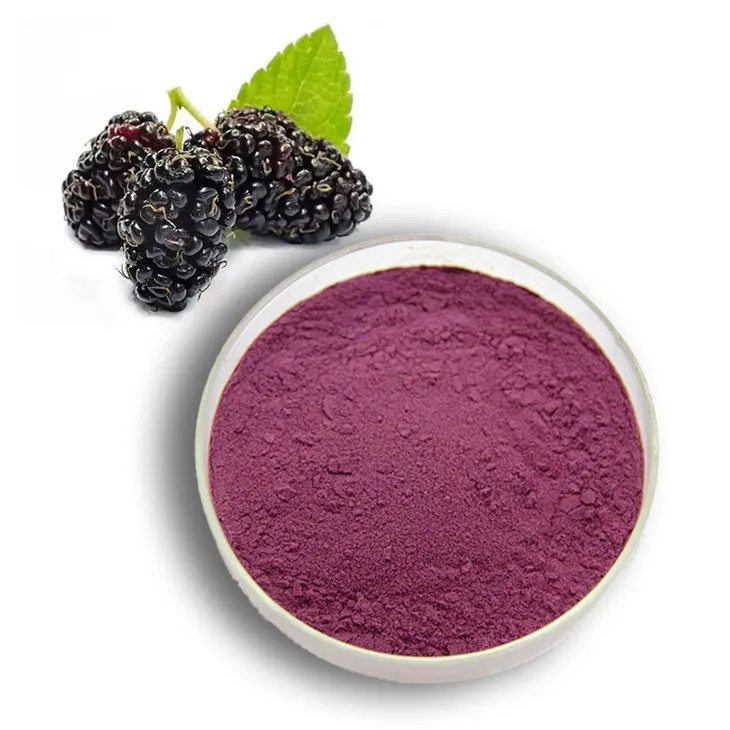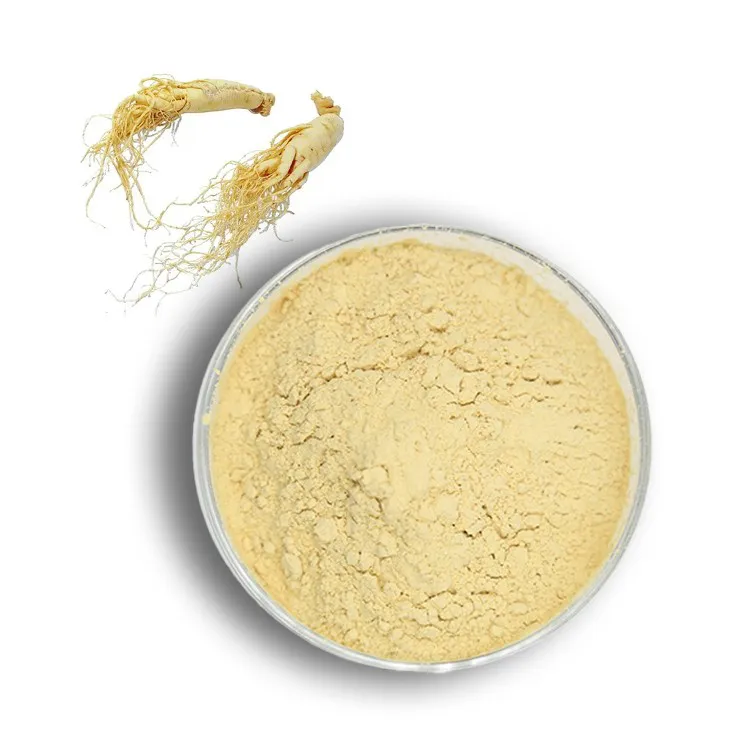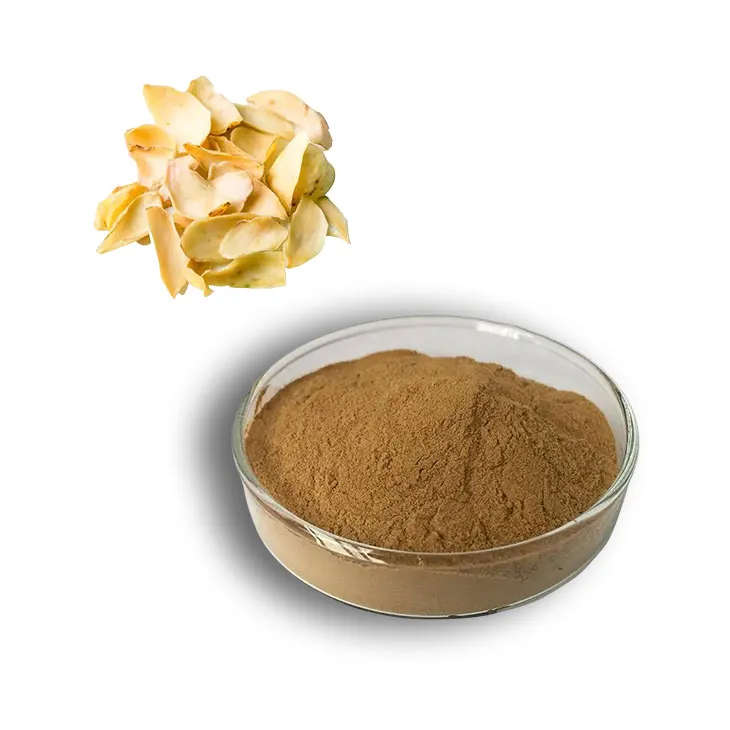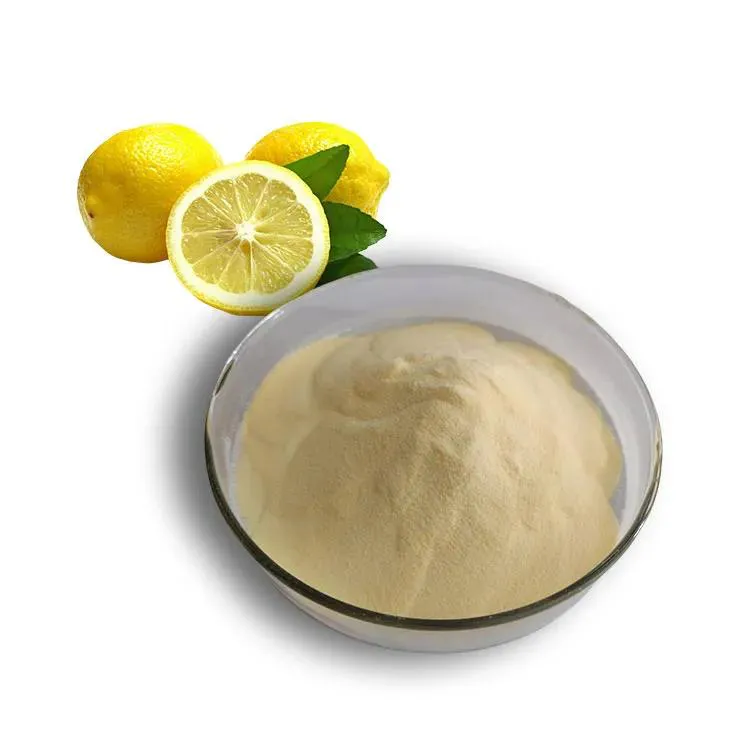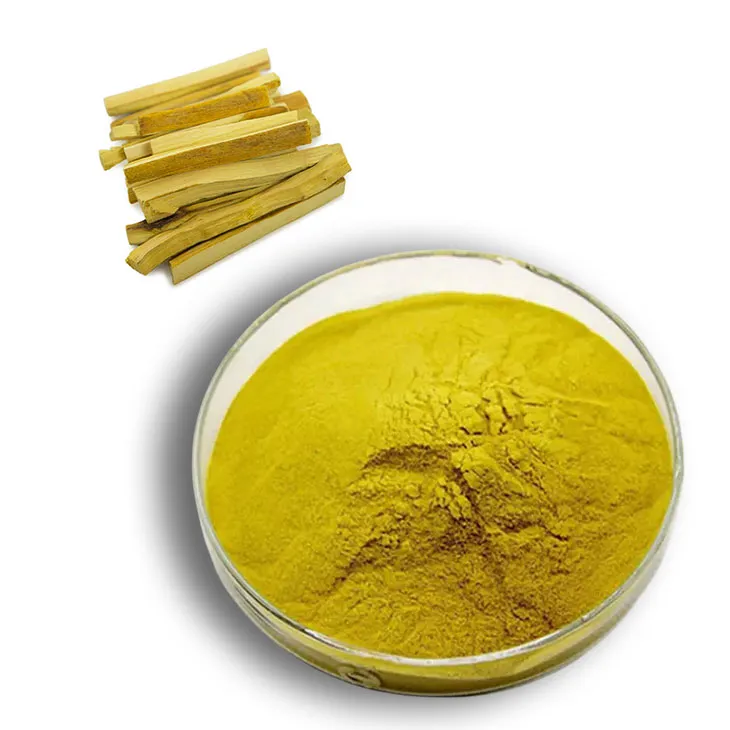- 0086-571-85302990
- sales@greenskybio.com
What is Red Yeast Rice? A Comprehensive Overview
2025-07-08

Red yeast rice is a traditional fermented product with deep roots in Asian cuisine and medicine. In recent years, it has attracted growing global interest due to its potential health benefits, especially for managing cholesterol levels and supporting cardiovascular health. This article provides an in-depth exploration of what red yeast rice is, including its historical background, production methods, unique bioactive compounds, health advantages, practical uses, and safety issues.
Historical Background
Red yeast rice is made by fermenting white rice with a specific type of yeast, Monascus purpureus. Its use was first documented in China during the Tang Dynasty, more than 1,200 years ago. Over the centuries, it has been featured in Chinese medical texts, such as the famous “Compendium of Materia Medica,” where it was praised for its use as a food coloring, flavor enhancer, and remedy for various ailments including digestive problems and poor blood circulation.
Beyond China, red yeast rice also became part of the culinary and medicinal traditions of Japan (where it is known as beni koji), Korea, and countries in Southeast Asia. Today, it is used not only as a dietary supplement, but also as a natural coloring agent in foods such as red rice wine, fermented tofu, Peking duck, and red-tinted pastries.
Production Process
The making of red yeast rice is an example of controlled food fermentation. The process begins with high-quality white rice, which is soaked and steamed to create an ideal base for fermentation. Monascus purpureus spores are then introduced to the rice, which is kept in a warm, humid environment for several days. The yeast grows on and within the rice grains, turning them a vibrant reddish-purple and producing a variety of nutritionally interesting compounds.
After fermentation, the rice is dried and can be consumed whole, ground into a powder, or processed further to make extracts for dietary supplements.
Key Bioactive Compounds
The special properties of red yeast rice are due to its diverse array of natural compounds. The most notable among these are the monacolins, with monacolin K being especially important. Monacolin K is chemically identical to lovastatin, a prescription medication used to lower cholesterol. Red yeast rice also contains:
- Monascus pigments, which give red yeast rice its color (ranging from red to orange and yellow)
- Gamma-aminobutyric acid (GABA), which may have calming effects on the nervous system
- Unsaturated fatty acids, sterols, and isoflavones, which support various aspects of health
- Antioxidant compounds that protect the body from oxidative stress
The specific levels of these compounds can vary depending on the rice, yeast strain, and production methods used.
Health Benefits
The best-known health benefit of red yeast rice is its ability to lower cholesterol. Extensive research has shown that standardized red yeast rice supplements can reduce low-density lipoprotein (LDL or “bad” cholesterol), total cholesterol, and triglycerides. This is primarily due to monacolin K, which inhibits an enzyme involved in cholesterol production within the body.
Additional potential benefits of red yeast rice include:
- Supporting cardiovascular health by improving cholesterol and providing antioxidant protection
- Reducing inflammation in the body
- Aiding digestion, as it has been traditionally used to enhance appetite and relieve digestive issues
- Offering antioxidant activity that helps minimize cellular damage
While current research supports these benefits, more studies are needed to determine how red yeast rice can be best used for these purposes over the long term.
Culinary and Supplement Uses
Red yeast rice remains a popular ingredient in Asian cooking, valued for its beautiful color and subtle flavor. It is found in traditional foods and beverages such as red rice wine, cured meats, sauces, and bean curd.
In modern health and wellness markets, red yeast rice extract is made into capsules and tablets as a natural, statin-like supplement for supporting heart health. These supplements are often paired with ingredients like coenzyme Q10 for additional heart benefits.
Safety and Regulations
Despite its natural origins, red yeast rice supplements can have side effects similar to those of statin drugs, including muscle pain, liver injury, and digestive discomfort. There is also variability in the amount of monacolin K found in different products, and, if fermentation is poorly controlled, some red yeast rice may contain citrinin, a toxic byproduct.
Furthermore, red yeast rice may interact with prescription medications, especially statins and drugs that affect liver function. Regulations vary: in some countries, red yeast rice supplements with significant amounts of monacolin K are treated as prescription drugs rather than over-the-counter natural products.
Conclusion
Red yeast rice is a traditional food with a unique place at the crossroads of cuisine and medicine. Recognized for its natural ability to lower cholesterol and improve heart health, it is available both in culinary form and as a health supplement. However, careful selection of high-quality products, awareness of possible side effects, and communication with healthcare professionals are recommended for those considering its use, particularly as a supplement. Red yeast rice exemplifies how ancient fermentation practices continue to have relevance in modern health and nutrition science.
- ▶ Hesperidin
- ▶ Citrus Bioflavonoids
- ▶ Plant Extract
- ▶ lycopene
- ▶ Diosmin
- ▶ Grape seed extract
- ▶ Sea buckthorn Juice Powder
- ▶ Fruit Juice Powder
- ▶ Hops Extract
- ▶ Artichoke Extract
- ▶ Mushroom extract
- ▶ Astaxanthin
- ▶ Green Tea Extract
- ▶ Curcumin
- ▶ Horse Chestnut Extract
- ▶ Other Product
- ▶ Boswellia Serrata Extract
- ▶ Resveratrol
- ▶ Marigold Extract
- ▶ Grape Leaf Extract
- ▶ New Product
- ▶ Aminolevulinic acid
- ▶ Cranberry Extract
- ▶ Red Yeast Rice
- ▶ Red Wine Extract
-
Artichoke Leaf Extract
2025-07-08
-
Kupilu Extract
2025-07-08
-
Angelica sinensis extract
2025-07-08
-
Konjac Powder
2025-07-08
-
melatonin extract
2025-07-08
-
Mulberry Extract
2025-07-08
-
Ginseng Root Extract
2025-07-08
-
Lily extract
2025-07-08
-
Lemon Juice Powder
2025-07-08
-
Berberis aristata Extract
2025-07-08

